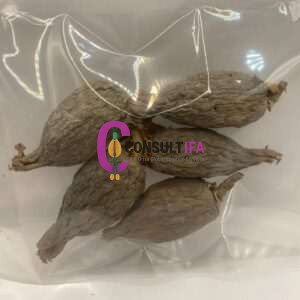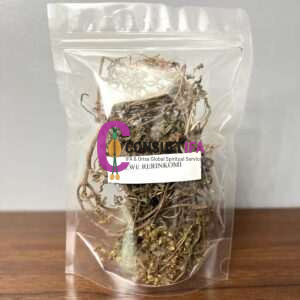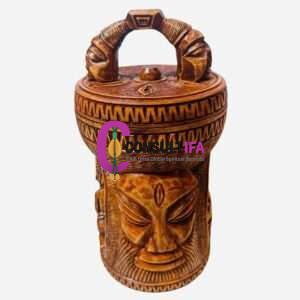YORUBA PRONUNCIATION
There are twenty-five letters in the Yoruba language, seven vowels and eighteen consonants.
The vowels are A E E I O O U. The Marks under the letters E and O create different sounds from the letters E and O, without the marks. Any mark under a Yoruba letter means you add an H sound to the letter. Marks are found under E, O and S. The Yoruba alphabet with English words that have the same sound or intonations:
A (ah) Sounds like the A in Ark
B (bee) Sounds like the B in Bee
D (dee) Sounds like the D in Deal
E (ay) Sounds like the E in Eight
E (eh) Sounds like the E in Egg
G (gi) Sounds like the G in Give
GB No English equivalent
H (hee) Sounds like the H in Hill
I (ee) Sounds like the EE in Bee
J (gee) Sounds like the J in Jeep
K (kee) Sounds like the K in Keep
L (lee) Sounds like the L in Leaf
M (mee) Sounds like the M in Milk
N (nee) Sounds like the N in Nil
O (aw) Sounds like the O in Odd
O (oh) Sounds like the O in Oh
P (pi) Sounds like the P in Pit
R (ree) Sounds like the R in Read
S (cee) Sounds like the S in Sea
S (sh) Sounds like the S in Sheep
T (tee) Sounds like the T in Tea
U (oo) Sounds like the U in You
W (we) Sounds like the W in We
Y (yee) Sounds like the Y in Yield.
The Yoruba language is tonal, meaning the relative pitch of letters effects the meaning of the word. There are three basic tones used in Yoruba that can be described as do re mi or the first three notes of the tempered scale. Normal speaking voice would be re, an accent slanting from left to right would be mi, and an accent slanting from right to left is do.






